Nature & Architecture: Vilnius Unveiled
Join our free walking tour to explore Vilnius' breathtaking blend of nature and architecture, highlighting stunning landmarks and serene parks.
Time
3 Hours
Stops
9 Places
Distance
5.5 km
Vilnius Cathedral
Begin your tour at the iconic Vilnius Cathedral, a stunning example of neoclassical architecture that serves as a spiritual and cultural heart of the city.
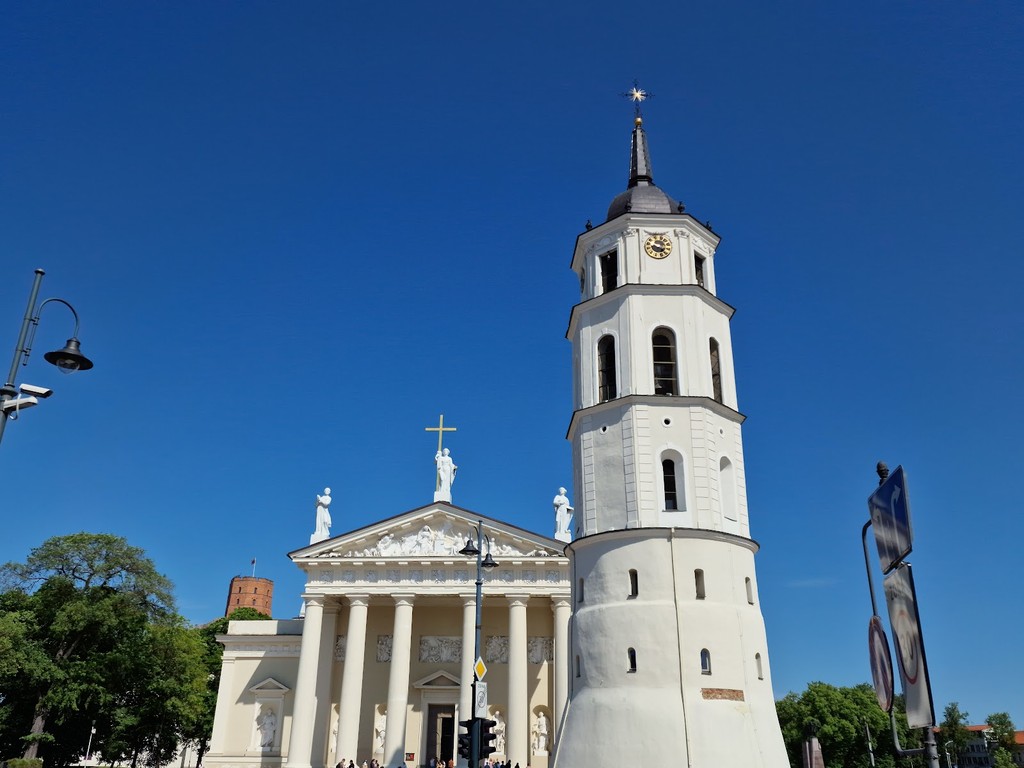
Vilnius Cathedral (Source: Google Maps)
Vilnius Cathedral, a neoclassical masterpiece, stands as the spiritual heart of Lithuania. Its origins trace back to the 13th century, when it served as a pagan temple. The cathedral has undergone various transformations, with its current structure completed in the early 18th century. The grand façade, adorned with Corinthian columns and a majestic bell tower, reflects the influence of Italian Renaissance architecture. Inside, visitors can admire the stunning altars, intricate frescoes, and the tomb of Lithuania's patron saint, Casimir. This landmark is not only a place of worship but also a symbol of national identity, showcasing the resilience and cultural heritage of the Lithuanian people.
Gediminas' Tower
A short walk from the Cathedral, visit Gediminas' Tower, offering panoramic views of Vilnius and a glimpse into the city's medieval past.
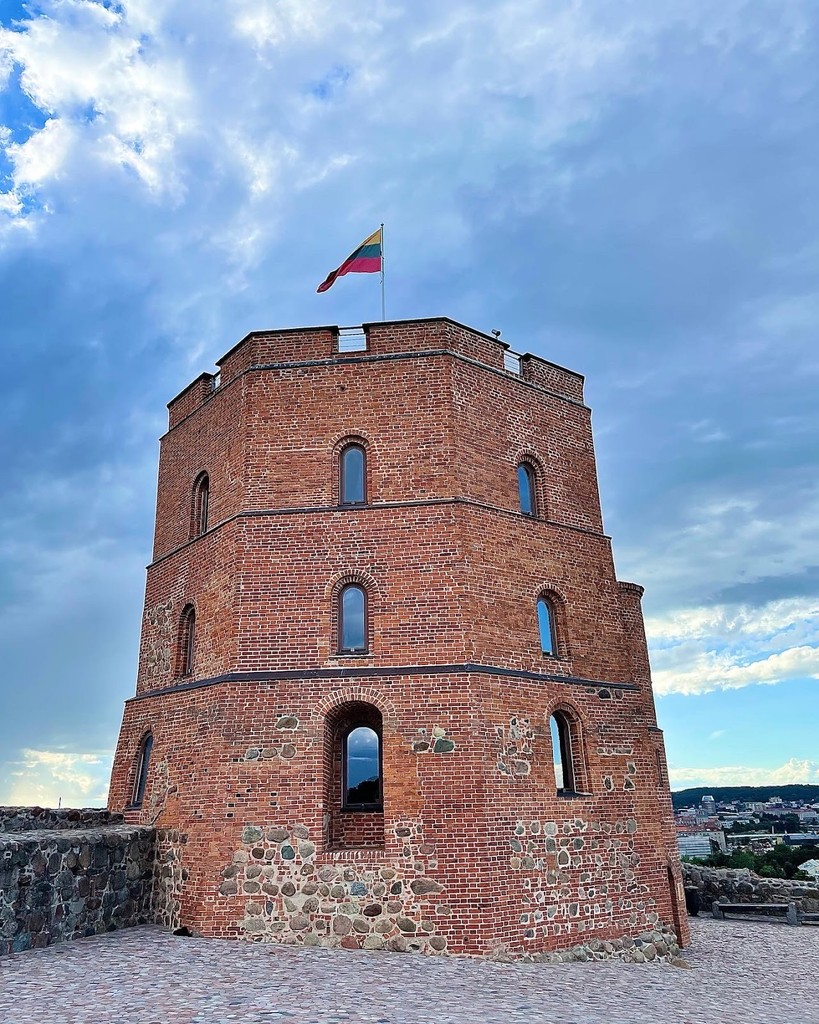
Gediminas' Tower (Source: Google Maps)
Gediminas' Tower is a historic symbol of Vilnius, offering panoramic views of the city and a glimpse into its medieval past. Originally part of the Upper Castle, the tower dates back to the 14th century and was named after Grand Duke Gediminas, who founded Vilnius. The tower's striking red-brick walls and distinctive shape make it a prominent feature of the city's skyline. Today, it houses a museum that showcases the history of Vilnius and its castle complex. Visitors can climb to the top for breathtaking views of the old town and the Neris River, experiencing the blend of history and natural beauty that defines this vibrant city.
Bernardine Garden
Enjoy a peaceful stroll through Bernardine Garden, a beautifully landscaped park perfect for nature lovers, located near the Vilnius Old Town.
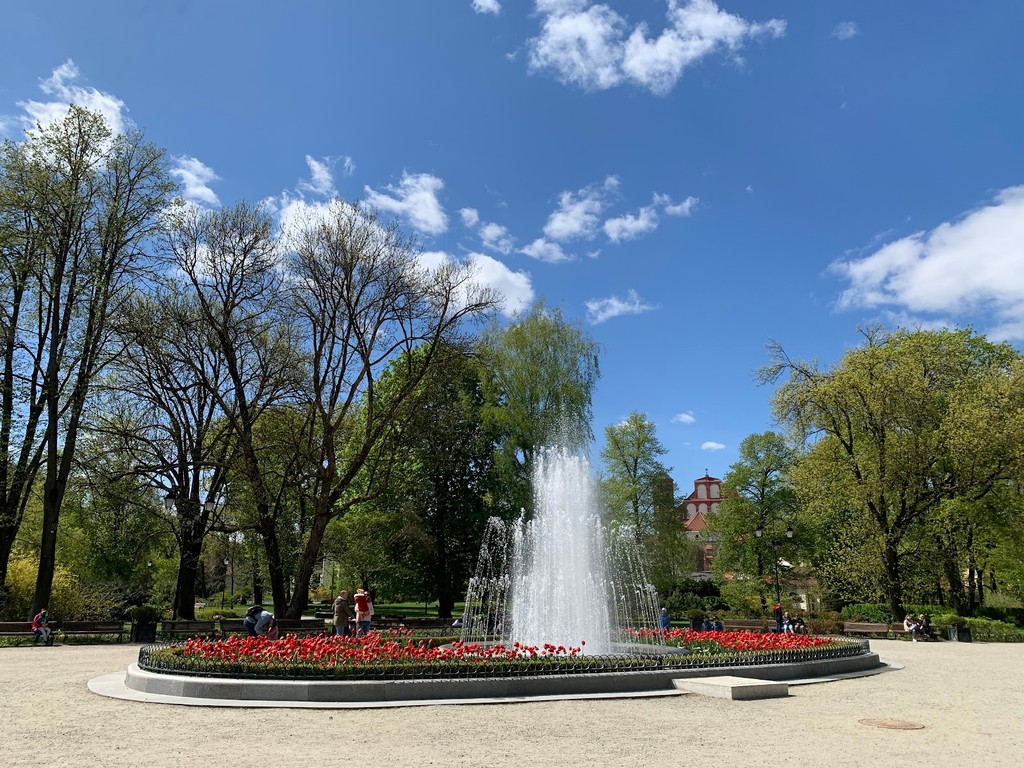
Bernardine Garden (Source: Google Maps)
The Bernardine Garden is a serene oasis nestled in the heart of Vilnius, ideal for nature lovers seeking tranquility. Established in the early 19th century, the garden features beautifully landscaped paths, vibrant flowerbeds, and lush greenery, offering a peaceful retreat from the urban hustle. It is home to various species of trees and plants, providing a habitat for local wildlife. The garden's historical significance is accentuated by its proximity to the Bernardine Monastery, where it once served as a place of meditation for monks. Today, visitors can enjoy leisurely strolls, picnics, or simply relax by the picturesque pond, surrounded by the soothing sounds of nature.
St. Anne's Church
Admire the intricate Gothic architecture of St. Anne's Church, a masterpiece that has captivated visitors for centuries.
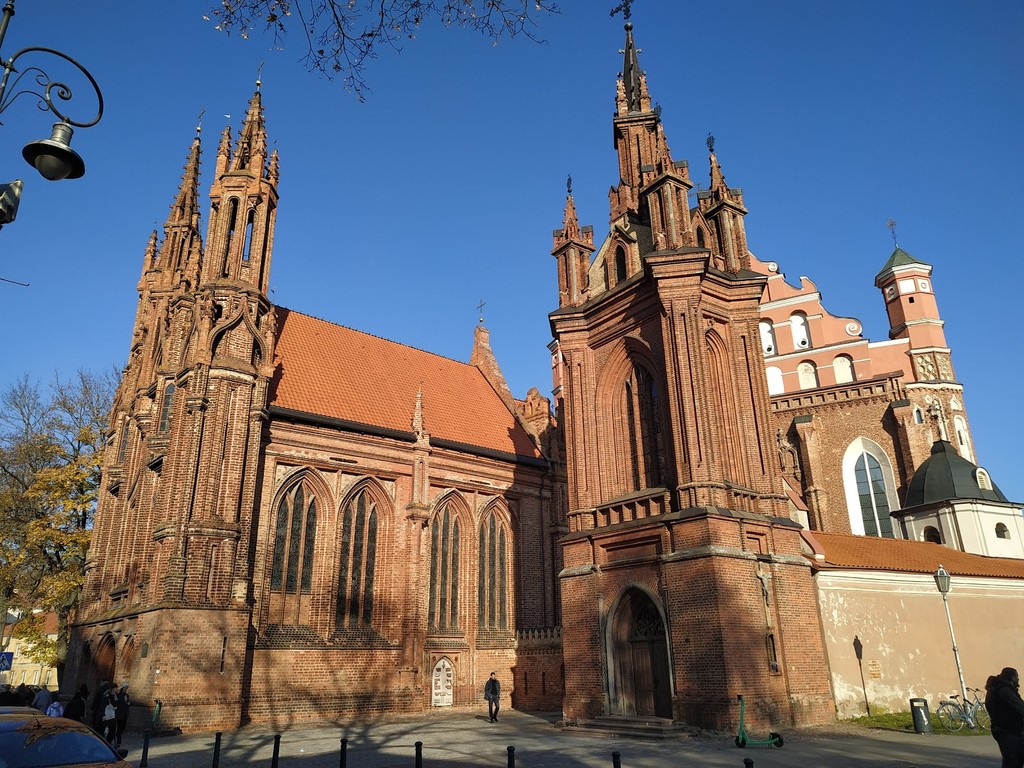
St. Anne's Church (Source: Google Maps)
St. Anne's Church is a stunning example of Gothic architecture in Vilnius, renowned for its intricate design and historical significance. Built in the late 15th century, the church is famous for its red brick façade, adorned with decorative elements and pointed arches. Legend has it that Napoleon Bonaparte was so enamored by the church's beauty that he wished to take it back to France in his hand. Inside, the church features exquisite stained glass windows and ornate altars, showcasing the artistic craftsmanship of its time. St. Anne's Church stands as a testament to the rich architectural heritage of Vilnius and is a must-visit for those interested in history and culture.
Užupis District
Explore the bohemian Užupis District, known for its artistic flair and unique architecture, often compared to Montmartre in Paris.
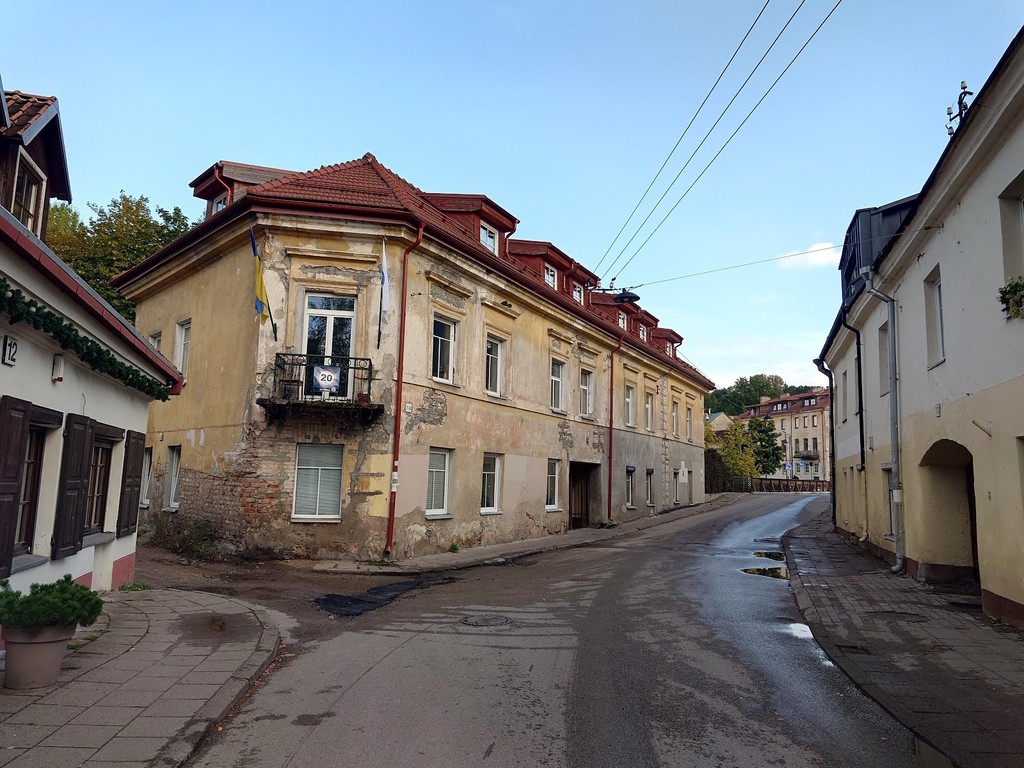
Užupis District (Source: Google Maps)
Užupis District, often compared to Montmartre in Paris, is a bohemian neighborhood in Vilnius known for its artistic spirit and unique architecture. Declared an independent republic in 1997, Užupis embraces creativity and individuality, with its own constitution and a vibrant community of artists. The district is characterized by colorful murals, quirky sculptures, and charming cafes, making it a favorite spot for locals and visitors alike. Strolling through its narrow streets, one can discover art galleries, workshops, and the famous Užupis Angel statue, symbolizing the district's free-spirited nature. This area embodies the cultural heartbeat of Vilnius, where art and community thrive.
Paupio Turgus
Pause for a refreshment break at Paupio Turgus, a vibrant market offering a variety of local delicacies and drinks.
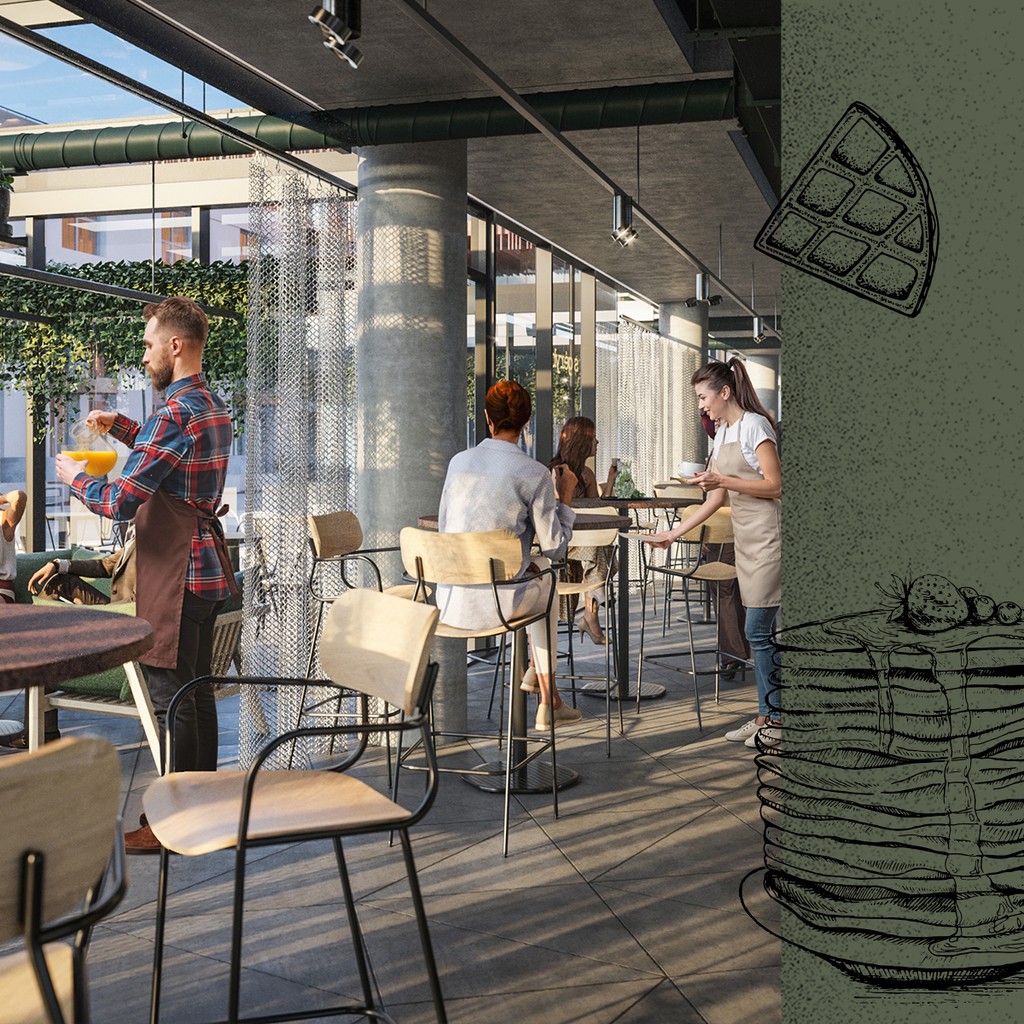
Paupio Turgus (Source: Google Maps)
The Gates of Dawn
Continue to the Gates of Dawn, the last surviving city gate, which houses a revered chapel and is a significant religious site.
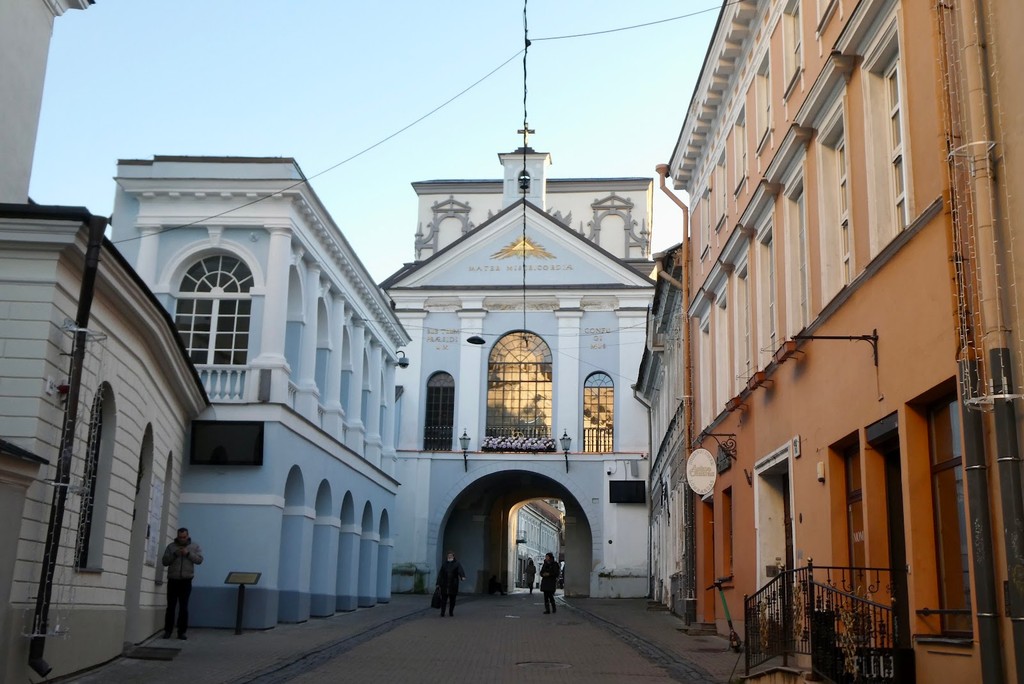
The Gates of Dawn (Source: Google Maps)
The Gates of Dawn, the last surviving city gate of Vilnius, is a significant historical and religious site. Built in the early 16th century, the gates served as a defense mechanism and a symbolic entry point to the city. Today, it houses a revered chapel that contains an iconic painting of the Virgin Mary, known for its miraculous properties. The Gates of Dawn is a pilgrimage site for many and holds great cultural significance for the Lithuanian people. Visitors can admire the intricate architecture of the gate, which blends Gothic and Renaissance styles, and experience the spiritual ambiance that surrounds this landmark, reflecting the deep-rooted traditions of the city.
Vilnius University
Visit Vilnius University, one of the oldest universities in Eastern Europe, known for its impressive architecture and historical significance.
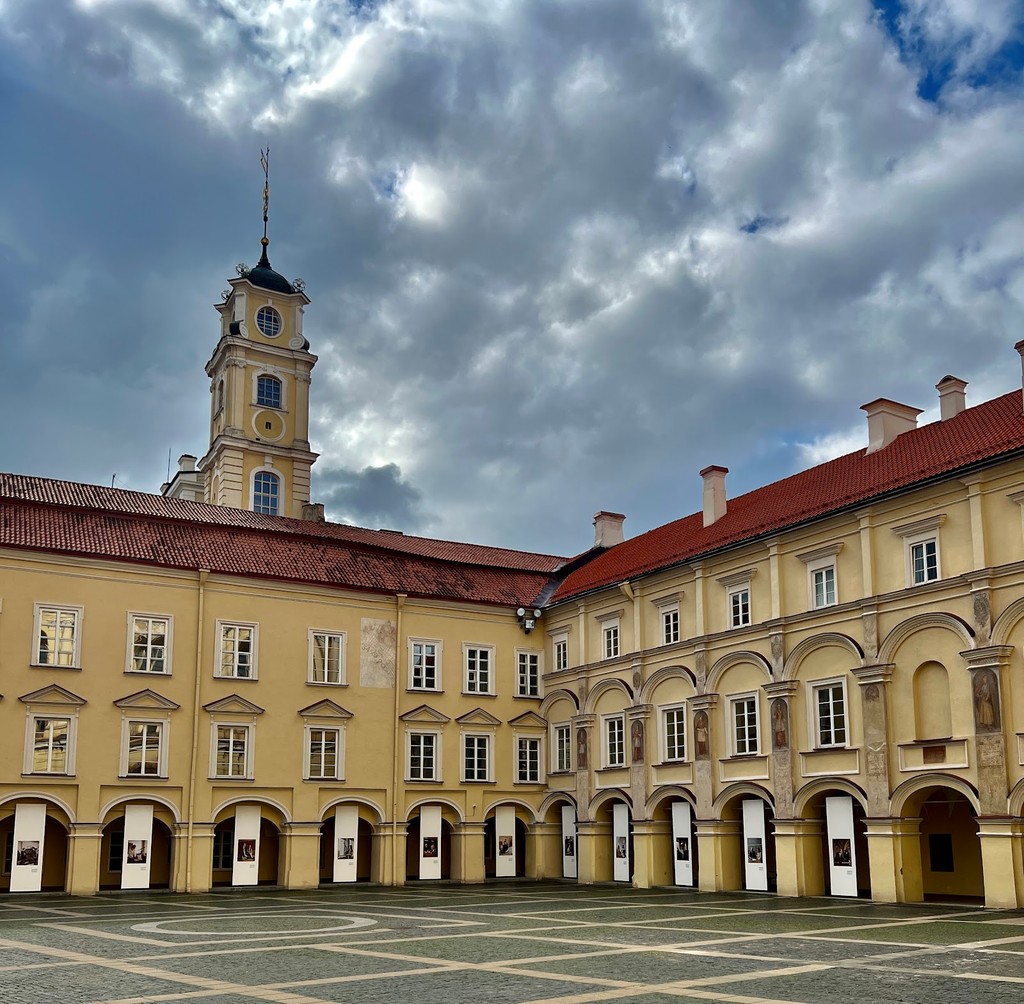
Vilnius University (Source: Google Maps)
Vilnius University, one of the oldest universities in Eastern Europe, boasts a rich history and impressive architecture. Founded in 1579, the university has been a center of education and culture for centuries. Its campus features a mix of architectural styles, including Gothic, Renaissance, and Baroque, with stunning courtyards and historic buildings. The university has produced many prominent alumni, including writers, scientists, and politicians, contributing to the cultural and intellectual landscape of Lithuania. Visitors can explore the university's beautiful library, which houses rare manuscripts and books, and appreciate the significance of this institution in shaping the nation's history and identity.
Literatų Street
Conclude your tour at Literatų Street, a charming alley adorned with plaques and art dedicated to writers, reflecting Vilnius' literary history.
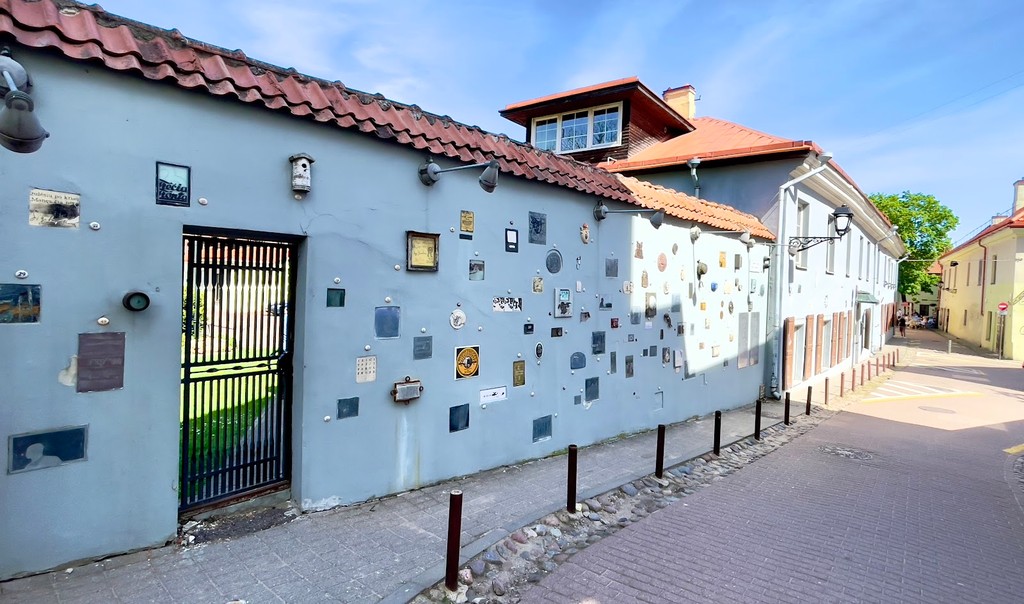
Literatų Street (Source: Google Maps)
Literatų Street is a charming alley in Vilnius, dedicated to the city's rich literary history. Lined with plaques and artworks honoring famous writers and poets, the street reflects the cultural heritage of Vilnius as a literary hub. It is a picturesque spot where visitors can stroll and appreciate the artistic expressions that celebrate the written word. The street's vibrant atmosphere is enhanced by cozy cafes and bookstores, inviting literature enthusiasts to immerse themselves in the local literary scene. This unique destination not only showcases the talents of Lithuanian writers but also highlights the importance of literature in the cultural identity of the city.

Your travels, your rules.
Create your own Free Walking Tours.
Set your preferences, distances and anything you want to do or see.
Completely free, no payment required.